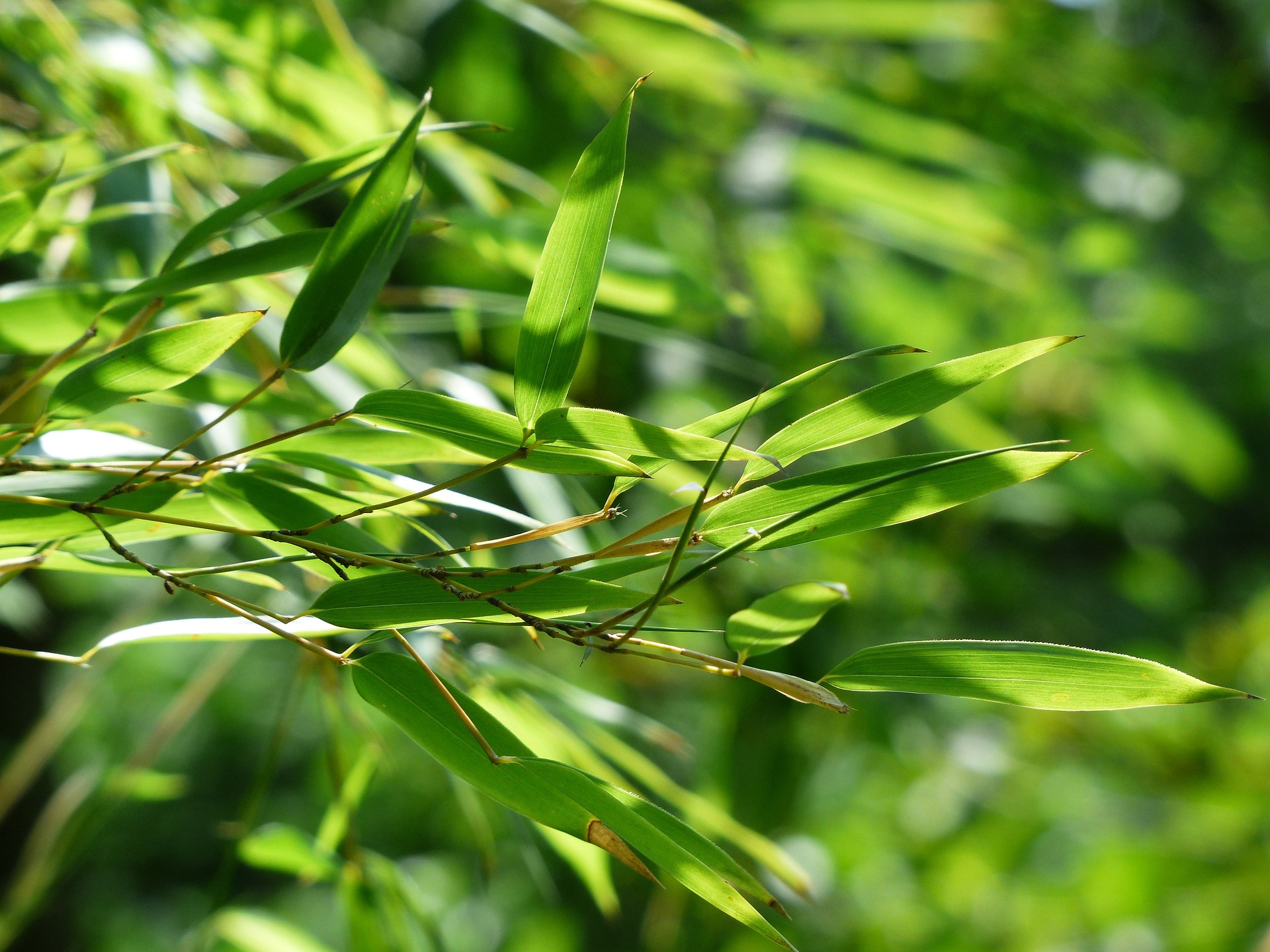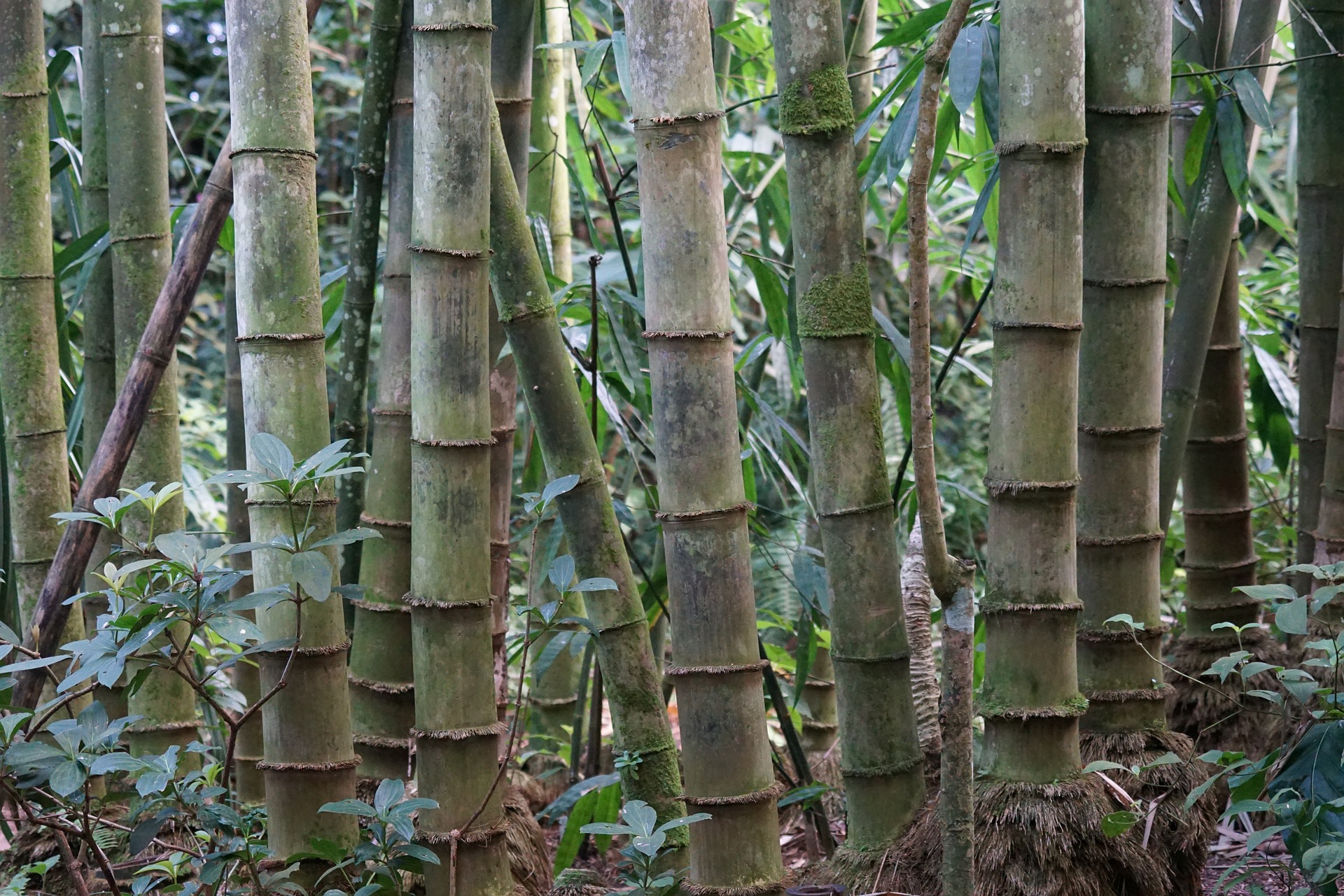Green, lush, and fast-growing, bamboo makes a great addition to your garden or patio, providing natural screening or an architectural accent. However, it’s important to know which are invasive varieties and which are not. Learn how to grow bamboo.
About Bamboo
Bamboo is a member of the Poaceae family of grasses. Bamboo species number over 1000, with varying sizes, colors, and growth habits. But they can be broadly classified into two types: running or clumping. You could also call them spreading and non-spreading. Bamboo species that are running need to be contained if planted outside.
- For example, Phyllostachys is a genus of Asian running bamboos, with most species native to China; it’s particularly aggressive and spreads by underground rhizomes,
- However, clump-forming Fargesia make popular garden bamboos. All they do is clump up, so go for this type if you’re worried about spreading. They’re great for pots, too.
While it doesn’t look like the turf in your yard or the beautiful grasses of the prairies, bamboo shares some characteristics. Bamboo is a monocot (one seed leaf), and the internodal stems (the piece between the nodes) are hollow, like in all grasses. Bamboo doesn’t have a vascular cambium like a tree and will not grow larger in diameter after it sprouts from the ground. The stem, which looks and provides structural support similar to the trunk of a tree, is called a culm.
Including bamboo as a water feature in your Asian-inspired garden is an easy landscaping win. Plant bamboo at the back of the border to create height. Rapid privacy, leafy screening of unsightly views, or simply enjoying the beauty of these unique and fast-growing plants are perfect reasons to add some bamboo to your home. Some compact bamboo varieties add an exotic flair in a pot.

Is Bamboo Invasive?
As said above, the bamboo variety you choose may or may not be invasive. Know whether the bamboo variety is clumping or running. If you let a running bamboo get out of control, it’s almost impossible to eradicate. Most states maintain a list of invasive species that you can search online. Exercise care and research the bamboo species you wish to plant. Some nurseries will ship plants worldwide, and it is the customer’s responsibility to ensure they are in compliance. An escaped bamboo can be difficult to control.
The Mid-Atlantic Invaders Tool is a great resource to get started if you are in their region. Select the bamboo category (or any other category you wish to learn about) and pull up the list by species and information about each.
How Can I Contain Running Types of Bamboo?
Running bamboo make excellent screens and fences. But, these bamboo send out rhizomes which can proliferate during the growing season. If you’re set on a running bamboo, there are certainly proper ways to keep the spread contained.
- If planted in a garden or along a fencerow, deep plastic edging and annual pruning of sprouts is the standard method.
- If your bamboo patch is surrounded by yard grass, simply mow them when they escape. See this page from The Ohio State University for more information on how to contain spreading bamboo.
- Planting in containers or tubs is another easy way to contain spreading varieties. Building an extended planter at the edge of your patio or balcony and planting a running bamboo makes an excellent leafy, green privacy screen.

How Long Does Bamboo Take to Grow?
Bamboos, as a group, are extremely fast-growing plants. One species reaches 100 feet tall and does so in a single growing season once the plant is established. New culms sprout from the base each year in spring and will attain their full height in 2 to 3 months. Although each culm may live for several years, it will not grow taller or wider in later years, just leafier. As the plant matures, new culms will be taller and wider than those from previous years.














